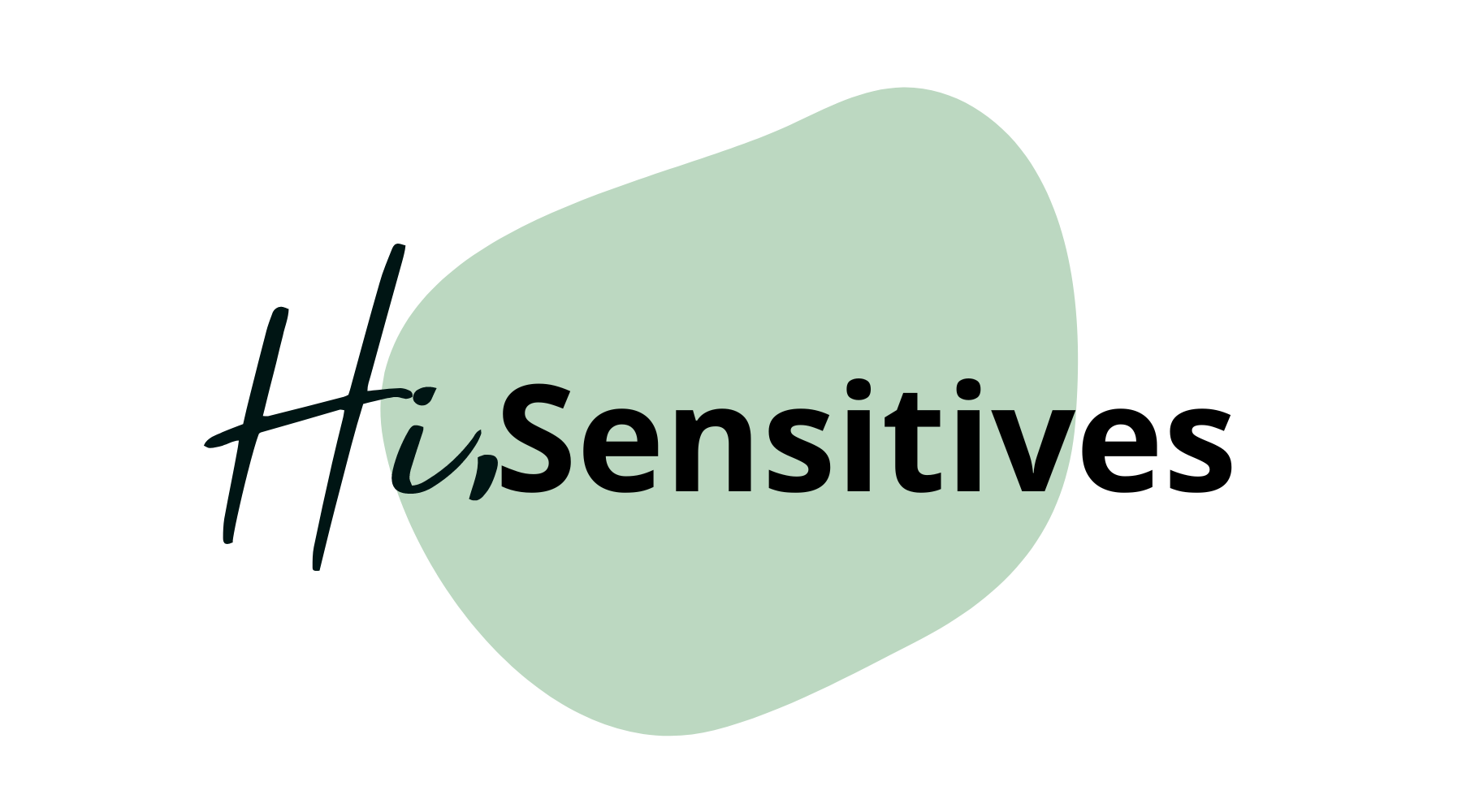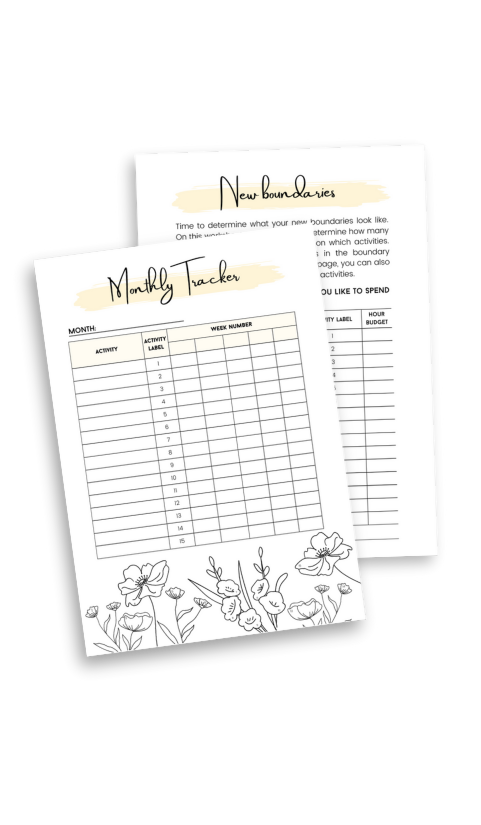Discover the calming power of DIY weighted blankets and comfort objects for the HSP. Learn simple homemade sleep aid ideas, personal rituals, and tips to improve your rest and soothe your nervous system.
Estimated reading time: 6 minutes
As a highly sensitive person, the quest for better rest often feels like a never-ending journey. Between the overstimulation of daily life, a vivid imagination, and the emotional intensity we carry into the night, getting restful sleep can be a challenge. Over the years, I’ve learned that sleep isn’t just about closing your eyes: it’s about feeling safe, grounded, and comforted. That’s why today, I want to share my experience with weighted blankets, comfort objects, and simple DIY ideas to support better rest for the fellow HSP.
Here’s What You’ll Discover about DIY Weighted Blankets and Comfort Objects for the HSP
Why Weighted Blankets Work for HSPs
Let me start with a personal story. I’ve used a weighted blanket for a while now: especially during autumn and winter. I usually wrap myself in it on the couch in the evening. It’s thick, warm, and cozy. And it instantly helps me unwind. It’s hard to describe, but there’s something deeply reassuring about being embraced by weight, like your nervous system finally gets permission to breathe out.
As an HSP, your nervous system is always alert, scanning your environment, holding onto other people’s emotions, and picking up on tiny cues most don’t even notice. So, at the end of the day, that gentle pressure from a weighted blanket signals to your body: you are safe now.
While I haven’t yet used one in bed (we’re still in the middle of our home renovation, and I’m holding out for our new bed setup), I already know I’ll be adding a weighted blanket to our bedding routine too. So many HSPs have reported better sleep quality, fewer night wakings, and a deeper sense of calm with one.
Want to Try Making a DIY Weighted Blanket?
Now, I’ll be honest: I haven’t tried to make a homemade weighted blanket myself yet. But as I’ve been researching, I’ve come across some lovely DIY ideas that are worth sharing, especially if you’re feeling crafty (and like me, finally have a bit more space and time now that our renovation is winding down!).
Here’s a beginner-friendly approach:
- Choose your fabric: Go for something breathable and soft like cotton or fleece. You’ll need two pieces of fabric, cut to your desired blanket size.
- Create pockets: Sew the fabric pieces together along three edges, leaving the top open. Then sew vertical channels into the fabric.
- Add the weight: Fill each channel with your weighted material (like glass beads, poly pellets, or even rice). Then sew horizontal lines to create little quilted squares.
- Seal it off: Once filled and evenly distributed, close up the top seam.
A quick tip: your weighted blanket should be around 10% of your body weight for optimal comfort.
Even if you’re not into sewing, you can also make a no-sew lap blanket. Simply use a cozy pillowcase filled with a bag of rice or flaxseed. It won’t replace a full weighted blanket, but it can be a wonderful mini version to place over your legs during rest or meditation.
My Favorite Comfort Objects That Help Me Sleep
Even if you’re not ready for a DIY project like creating weighted blankets, there are other comforting bedtime rituals that work beautifully for the HSP. Here are some of my tried-and-true favorites that have truly helped me sleep deeper and feel more grounded at night:
- Lavender pillow spray: This is my go-to before bed. A quick spritz on the pillow and I feel like I’m wrapped in calm. The scent alone helps me wind down. However, I also use it as a little ritual, spraying the pillow while repeating an intention like “I invite deep rest and peace tonight.”
- Gratitude journaling: I often write down what I’m grateful for at the end of the day. Why? Because what you think about before you sleep shapes your dreams. If I go to bed stressed, I tend to dream about that stress. So instead, I reflect on little moments that brought joy or comfort. This helps me fall asleep with a more peaceful heart.
- Grounding sheets: I absolutely love my Groundluxe grounding sheets. As someone who picks up on everyone’s energy throughout the day, I find it incredibly helpful to reconnect to my own body and let go of tension while I sleep. These sheets simulate the natural grounding effect of walking barefoot on the Earth and they’ve made a huge difference in the quality of my rest.
The Struggle: Finding Structure (And the Tools That Help)
If there’s one thing I still find hard, it’s sticking to a consistent bedtime and wake-up time. Especially in the darker fall- and winter months this is challenging. As much as I know the benefits of routine for HSPs, sometimes life just gets in the way. One tool that’s helped me here is having a sunrise alarm. In winter, it mimics the sunrise and helps my body naturally ease into the day.
Another tool I love? Lavender sachets. I recently harvested lavender from my garden, dried the buds, and placed them in tiny fabric bags in our bedroom. It’s such a gentle and joyful way to bring nature inside and support rest. Plus, it’s an easy and fun DIY that doesn’t take much time.
Ready to Build a Bedtime Ritual That Works for You?
If you’re an HSP who struggles with sleep, remember this: you don’t need to overhaul your routine overnight. Sometimes, it’s one small shift, a calming scent, a gentle weight, a few handwritten thoughts, that begins the process of feeling more rested and supported.
And if you’re ready to dive deeper into what your body, mind, and nervous system truly need for restorative rest, come join us inside the HiSensitives Membership. You’ll get access to 18+ expert masterclasses, including one of my personal favorites: “Holistic Health for HSPs” with Tiah Natasha. In it, we explore exactly how to nourish your sensitive system, including practical tips on grounding, nutrition, rest, and self-care rituals designed for your unique wiring.
Just a little heads up: some of the links in this blog are affiliate links, which means if you click on them and make a purchase, we may earn a small commission at no additional cost to you. 😊
We only recommend products and services we genuinely believe in and have personally used or researched. Your support through these links helps us keep bringing you valuable content, so thank you for being amazing!
In this article, we collaborated with AI, meaning that the input and stories are original human ideas, but the text itself has been created with support from AI. All AI content is being edited and factchecked by our editor.







